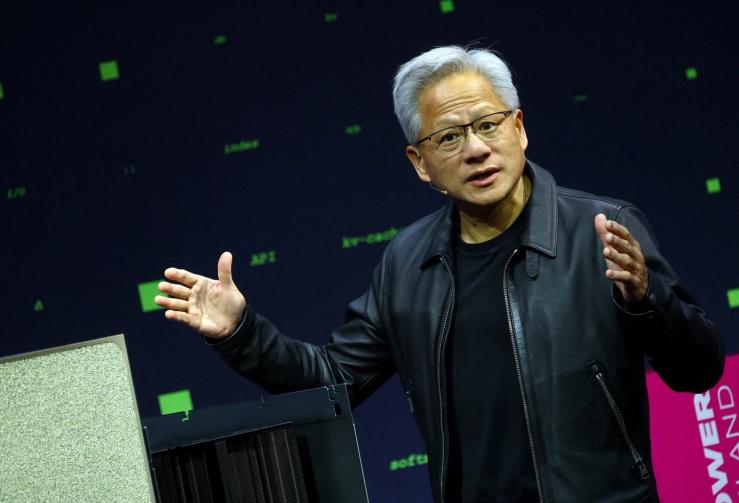Reed’s view
The market punished AI stocks like Coreweave and Palantir this week. It seems like the world is convinced that the AI bubble is deflating, and nobody wants to be the last one out.
This isn’t just a Wall Street phenomenon. At every tech dinner I’ve been to lately, a good chunk of the conversation was spent on journalists peppering bullish tech executives about how long this can really last.
And yet, what the executives are saying makes sense. They are selling a product that customers can’t get enough of, and the total addressable market for this product is virtually every person and company on the planet.
And this week, we saw AI companies touting rosy numbers, from AMD CEO Lisa Su predicting the AI compute market will grow to $1 trillion to Anthropic getting profitable by 2028.
One can argue that companies like Anthropic and OpenAI are vulnerable to the commoditization of their AI models. But then, OpenAI has a massive consumer following and is getting into the chip market. Anthropic is building enterprise products that go well beyond the development of the core models.
And you can argue the hyperscalers are building massive data centers that will become obsolete before they turn a profit. On the other hand, as a tech executive mused at a recent event, you never really hear about AI processors being retired. There seems to always be a use for them.
The bottom line is that we’re in a moment of opportunity and uncertainty. The risks are everywhere. The upside is endless.
In this article:
Room for Disagreement
AI isn’t just a bubble — it might be the “ultimate bubble,” the “one bubble to burst them all,” tech reporter Brian Merchant writes in Wired.
Drawing on economists Brent Goldfarb and David Kirsch’s framework for identifying tech bubbles, Merchant argues that the hype around AI shows all the signs of speculative excess, reminiscent of the one around aviation and broadcast radio in the 1920s, which led to the Great Depression. “Buyer beware,” Merchant concludes.
Notable
- While AI valuations are high, the market hasn’t reached bubble territory just yet, Goldman Sachs strategists argued in a memo published last week.


